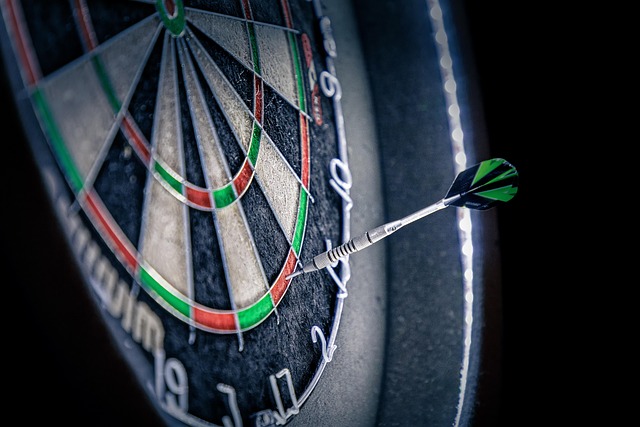In the realm of robotics and artificial intelligence, the concepts of accuracy and precision are paramount. As we delve deeper into the integration of these technologies in various sectors, particularly in business automation, it becomes increasingly evident that mastering these elements can significantly improve operational efficiency and decision-making.
Robots, designed for specific tasks, rely heavily on accuracy — the ability to perform tasks as close to the desired outcome as possible. For instance, an industrial robot tasked with assembling components must accurately position each part to prevent errors and ensure seamless functionality. Similarly, precision refers to the consistency of these robotic actions. A highly precise robotic arm should replicate a motion repeatedly with minimal deviation, ensuring that production lines operate smoothly without the risk of inconsistencies.
Artificial intelligence enhances this dynamic by leveraging machine learning algorithms to continually refine accuracy and precision. In business settings, AI systems analyze vast amounts of data to predict trends, allowing for informed decision-making. For example, in inventory management, AI can forecast demand with a remarkable degree of accuracy, enabling businesses to optimize stock levels and reduce waste.
As automation infiltrates more aspects of business, the importance of achieving high standards of accuracy and precision cannot be overstated. Automation in manufacturing processes leads to increased speed and efficiency, but it simultaneously raises the bar for quality control. A manufacturing plant with automated systems must ensure that each unit produced meets specifications consistently. This is where a combination of robotics and AI becomes vital, as they work in tandem to uphold these high standards.
Moreover, the quest for precision extends to customer interactions as well. With AI-powered chatbots and virtual assistants taking center stage in customer service, maintaining accuracy in responses is crucial. Customers expect fast and correct answers to their inquiries; inaccuracies can lead to dissatisfaction. Thus, businesses utilizing AI must continually update and train their systems to ensure the highest level of quality in communication and service.
In conclusion, as we embrace the future where robotics and AI permeate every aspect of our lives and businesses, understanding the significance of accuracy and precision is essential. Both elements do not merely contribute to operational success but are the very foundation upon which innovative and automated solutions are built. The journey to mastery in these areas is not just a technical challenge but a pathway toward unlocking greater potential and achieving excellence in automation.




